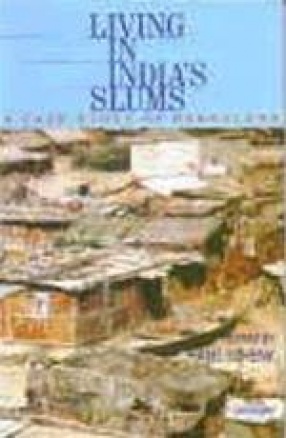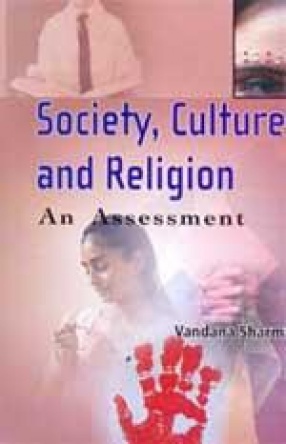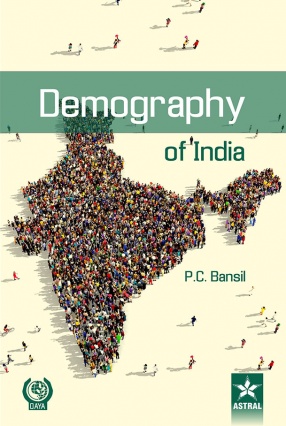This book on Bangalore’s slums is the result research by a team of Indian and Dutch anthropologists, sociologists geographers and urban planners. The rapidly increasing numbers of slums and their inhabitants in Bangalore has been studied extensively from various angles and using a broad spectrum of research techniques. The essays focus on inter-slum differentials; cognitive aspects of living in a slum; industrial activities and pollution in slum-areas; slums in the urban periphery; gender dimensions of coping with life in poverty and under slum-conditions; the (lack of) provision of basic infrastructural facilities; slum improvement policies; etc. Scales and methods of research vary from quantitative analyses of all slums in the city to qualitative exposures of attitudes and activities of singled-out slum dwellers, politicians and others, and to action research. The book starts with an outline and conceptual framework of the phenomenon ‘slum’ in Indian society and Indian politics from India’s Independence onwards and concludes with a reflective summing-up of research findings and their policy relevance. This book stands out for its broad and varied approaches. It offers profound analyses and understanding of life in Bangalore’s slums in the 1990s and the position of slums and slum dwellers in a local societal context.
Living in India’s Slums: A Case Study of Bangalore
In stock
Free & Quick Delivery Worldwide
reviews
Bibliographic information
Title
Living in India’s Slums: A Case Study of Bangalore
Author
Edition
1st ed.
Publisher
ISBN
8173042705
Length
311p., Maps; 23cm.
Subjects






There are no reviews yet.